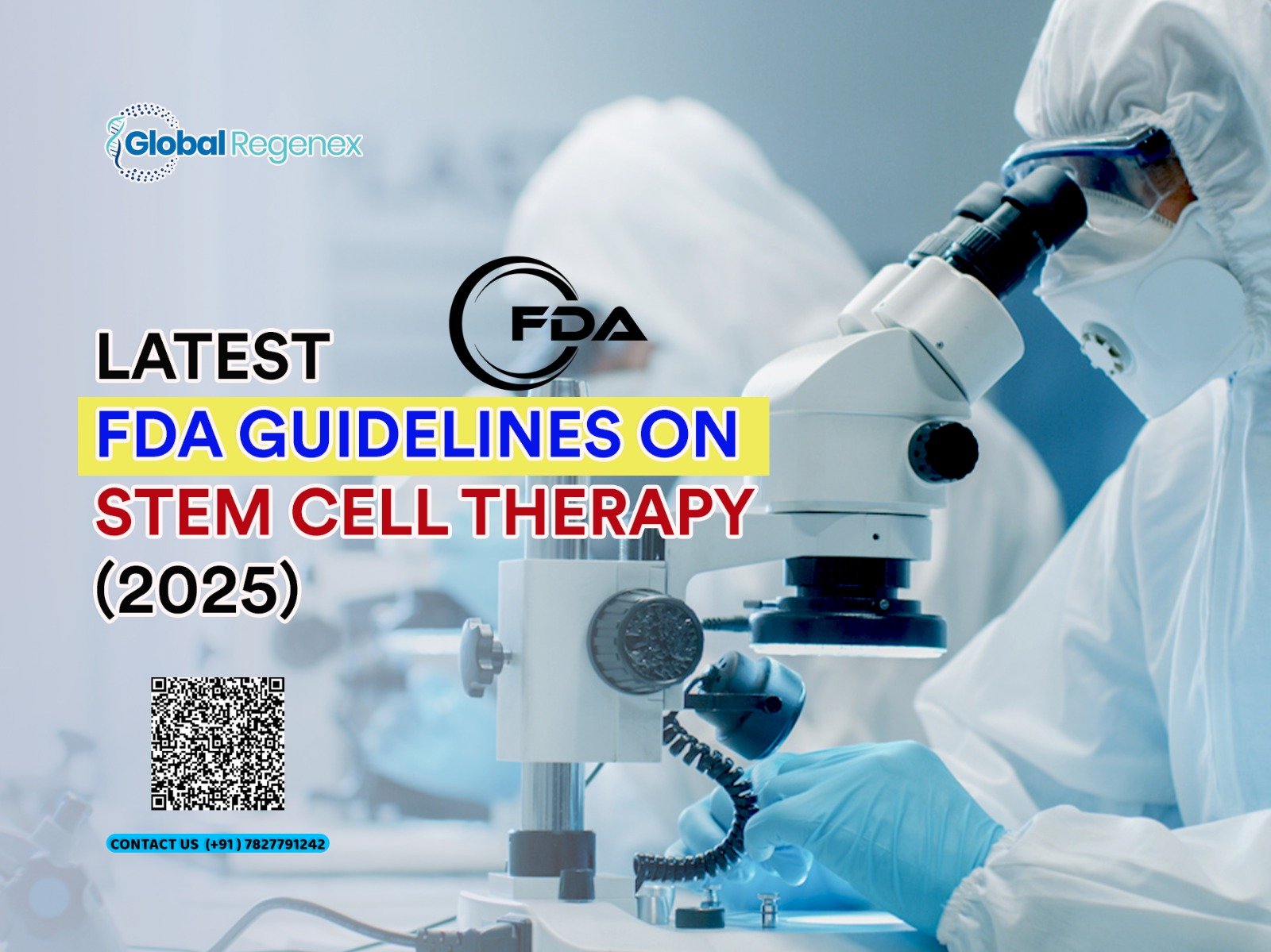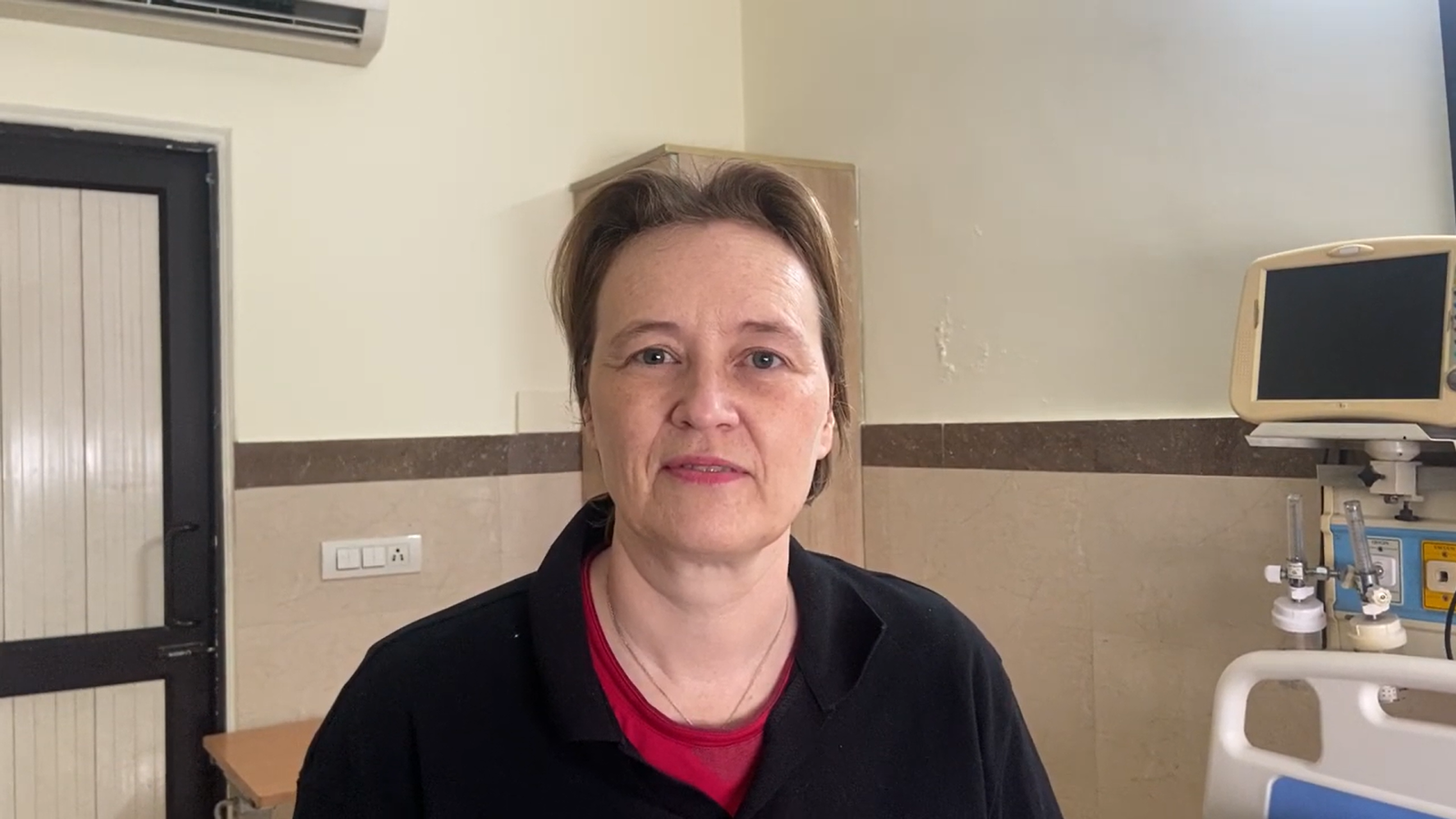Stem cell therapy has rocked the medical boat with its potential to cure the sick person with conditions like joint pain, autoimmune disorders, and even certain neurodegenerative diseases. Such a highly promising field of research brings with it a need for regulation and this is where the U.S. Food and Drug Administration (FDA) enters the picture.
In 2025, the FDA has updated their guidelines on stem cell therapy so that innovation and safety will walk together. These new policies are not just lab procedures, but they are about how you can have access to cutting-edge care with greater assurance. So, what changed? And how does this impact you, whether you are a patient, doctor, or simply seeking options? Let’s find out.
What’s New in the FDA’s 2025 Guidelines?
Here’s a plain summary of the key changes:
Tighter Regulation of Unapproved Clinics
The FDA is cracking down on unregulated clinics that provide unapproved stem cell treatments even more aggressively. Such clinics are often lacking proper data or clinical trials. Enforcement action and legal penalties are now being ramped up to protect patients.
More Specific Definitions of “Minimal Manipulation”
One of the most confusing areas under earlier rules was how to define “minimal manipulation” of cells. The 2025 revision clarifies this, so ICLs and researchers will know better when a treatment must seek formal FDA approval.
Additional Clinical Trial Support
It comes with a good news for researchers, which is that, the FDA is providing quicker review pathways and access expansion programs for new stem cell therapies. So, the effective treatment can reach patients sooner, especially for conditions with few other options.
Enhanced Patient Education Mandates
Patients are now entitled to receive full, understandable information from clinics regarding the potential risk and benefit of any stem cell procedure. Informed consent is no longer a scribble on a form, but now it’s a full discussion.
Target Long-Term Safety Data
More emphasis is being placed on collecting long-term data. The FDA wants to see how therapies affect people not just in weeks, but years. It leads to safer, more reliable treatment.
More Applications for FDA-Approved Therapies
More research leads to the FDA clearing stem cell use for more specific medical treatments. Newer applications include in spinal cord trauma, Type 1 diabetes, and certain cardiac diseases.
Why These Changes Matter
These improvements protect both providers and patients more effectively. With more regulation, there is less room for black market clinics to move in, and those with evidence-based medicine can move ahead with more confidence.
It also represents a major step up for those who are looking to stem cell therapy not just in America, but globally. As the quality improves, most other nations tend to follow, and the global treatment quality as a whole gets better.
Where to Get Guidance: Try Global Regenex
If you are considering stem cell therapy in India and need a place to start, Global Regenex is a company you can count on for regenerative medicine consultation. They guide you through the entire process from finding out what your options are to matching with qualified clinics worldwide. Their experts are knowledgeable about FDA regulations and can help you make good decisions.
The Bottom Line
The field of stem cell therapy is no longer the “wild west” it once was. With the FDA’s 2025 updates, we are seeing a shift toward more transparency, more accountability, and most importantly more hope.
Whether you are investigating stem cell therapy for chronic pain, neurological conditions, or otherwise, rest assured that advancements are taking place on every horizon. With counsel from trusted organizations such as Global Regenex, and increased FDA regulation, the future of regenerative medicine is brighter than ever.





















